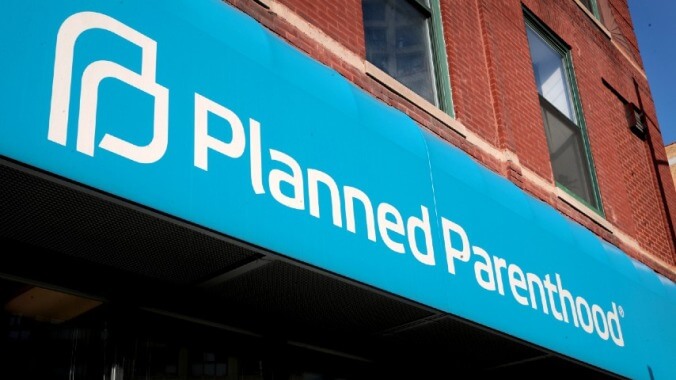Planned Parenthood of Illinois Will Close 4 Clinics That Offered Medication Abortion
The affiliate said the influx of patients traveling to the state post-Dobbs and more patients needing financial assistance contributed to the decision.
Photo: Getty Images AbortionPolitics
On Wednesday, the would-be 52nd anniversary of the Roe v. Wade decision, Planned Parenthood of Illinois announced that it would shutter four abortion clinics and lay off health center staff as it faces a “financial shortfall.” The affiliate said the budget crunch was caused by an influx of traveling patients, rising costs of care, and inadequate insurance reimbursement. They also cited an “uncertain patient care landscape under a new national political administration.”
In news that may or may not be related, PPIL’s president and CEO Jennifer Welch stepped down on January 8. The organization’s chief financial officer is serving as interim CEO as they conduct a national search for a new leader.
The clinics set to halt care in March—located in Bloomington, Decatur, Ottawa, and Englewood in Chicago—offered medication abortion alongside birth control, STI testing, gender-affirming care, and other health services. They did not offer procedural abortions. PPIL said in a press release that it would continue to serve patients at 13 clinics across the state, and planned to expand appointment availability at health centers in Champaign, Peoria, Roseland, and Springfield. Starting in February, the affiliate will also offer telemedicine prescriptions for medication abortion through the PPDirect app and patients can either receive the pills by mail or pick them up in person.
Illinois abortion clinics have seen a huge jump in patients since the Dobbs decision overturning Roe v. Wade in June 2022. Illinois has seen the biggest volume of patients coming from other states: More than 37,000 people traveled there for care in 2023, compared to 8,500 in 2019. PPIL said in June 2024 that out-of-state patients made up nearly 25% of their abortion patients, compared to about 5% before Dobbs. And financial assistance for patients in need had basically doubled, from about $250 per patient to almost $500 per patient.
-

-

-

-

-

-

-

-

-

-

-

-

-

-

-

-

-

-

-

-

-

-

-

-

-

-

-

-

-

-

-

-

-

-

-

-

-

-

-

-








































